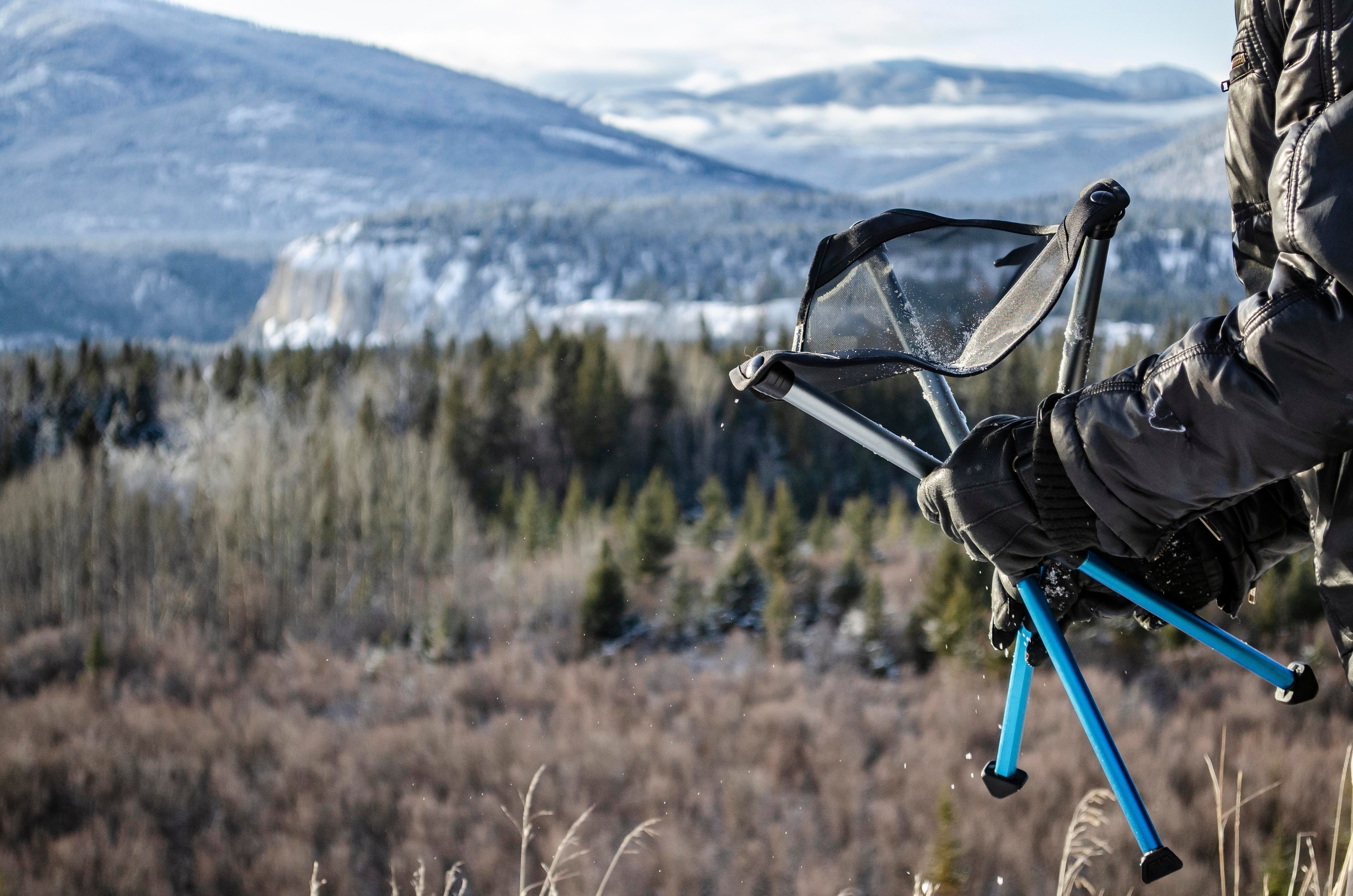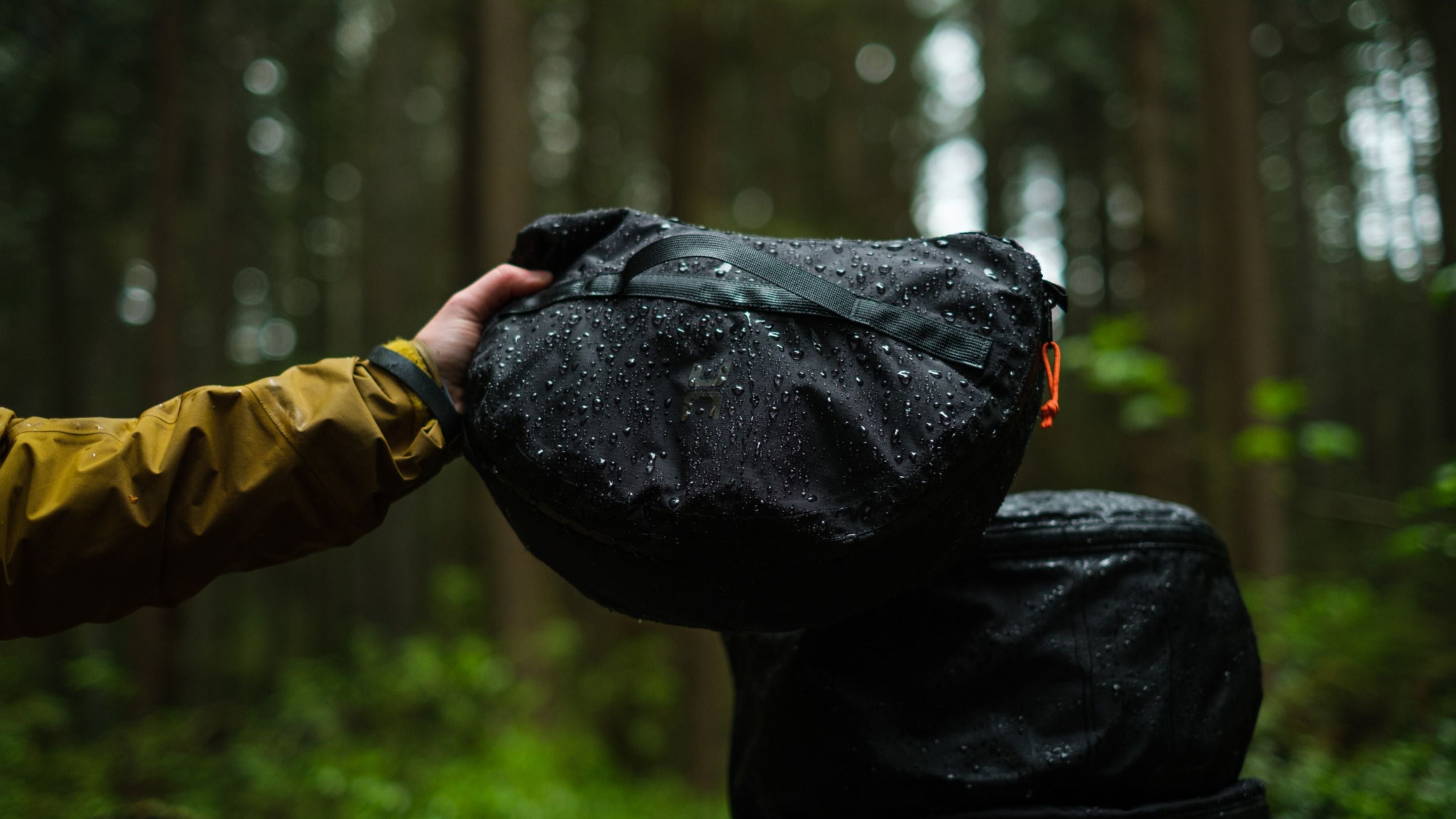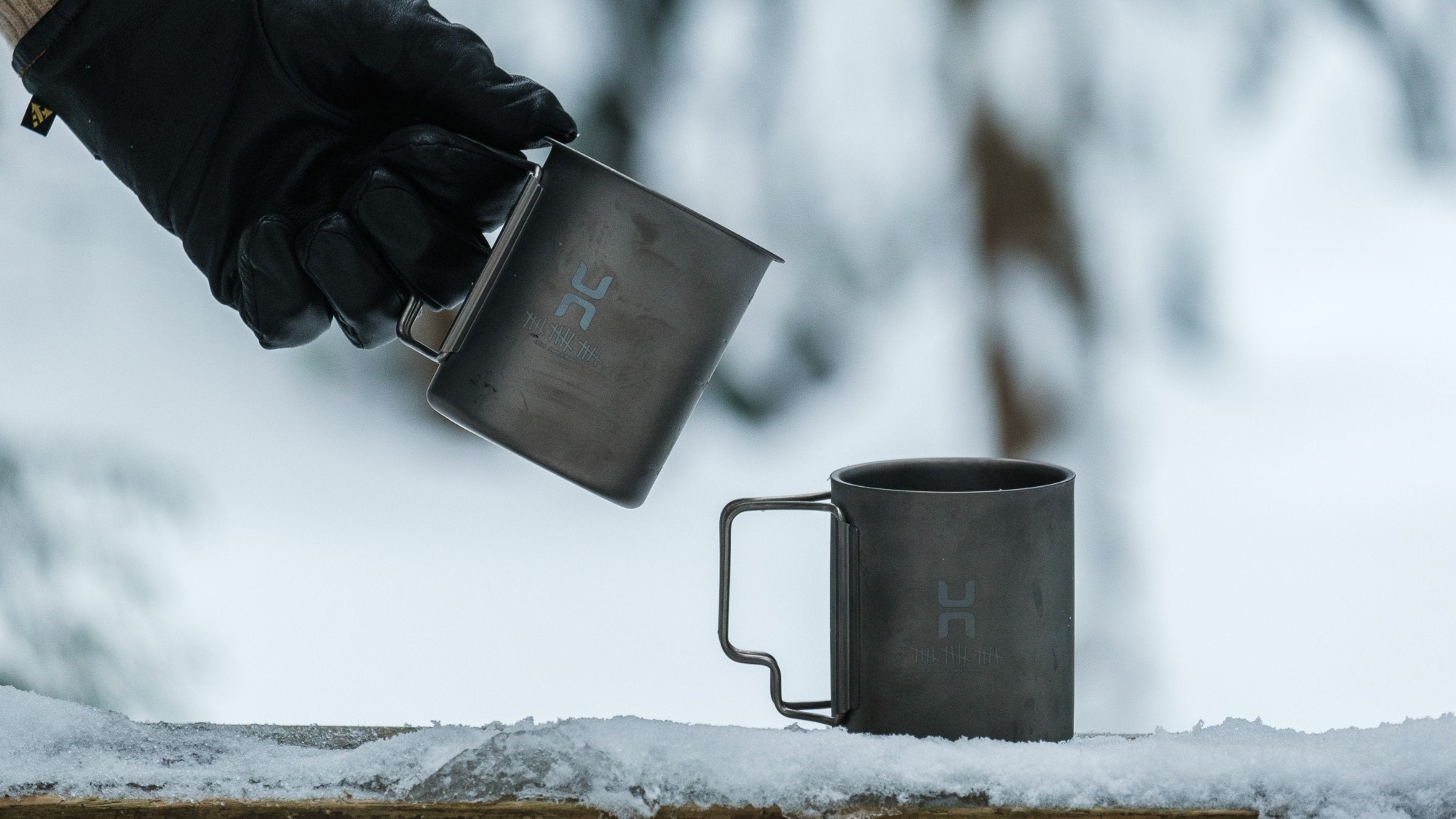Backpacking 101: Tips for Packing Light
Originally Posted on July 8, 2016
Packing for overnight or extended trips can be a tough task. The risk of leaving a vital piece of gear behind versus the tiring prospect of lugging everything bar the kitchen sink uphill can be a stressful balancing act. Bring too much gear and your body will hate you for it; fail to bring the right items and your body can also hate you for it- dehydration from lack of water, for example. Here’s some tips for saving weight and space in your pack.
Layer Up
This one is obvious to most hikers, but the best way to adapt to changing weather and stay comfortable on the trail is to bring appropriate clothing layers. Start with a lightweight base layer. I like merino wool for its warmth and anti-microbial properties, which means you can wear the same shirt for days on end without stinking (too badly!). For heavier layers, consider lighter materials such as down, which in addition to being incredibly warm, also compress to be quite compact. If you choose your clothing wisely, you can save a lot of pack space.
Choose lightweight, calorie-dense food
One thing I love about backpacking is the fact you can eat a Mars Bar and not feel guilty about it! Lightweight and calorie-dense is the motto here, so candy bars are in. Food really comes down to personal preference and time. If you have the time to prepare a delicious, veggie-packed meal and dehydrate it before your hike and you can fit it in, go for it! Otherwise, there are plenty of lightweight, freeze-dried meals out there for those strapped for time. It won’t be the nicest meal you’ve ever eaten, but it will be something warm and filling in your stomach. For snacks, I’ve found almonds, dried fruit, gummy worms, cheese sticks, jerky, salami sticks and peanut butter bagels carry a lot of energy but pack down relatively small.
Use a hydration pack
One of the best discoveries I’ve made for hiking is the hydration pack. I find I drink a lot more water when I don’t have to stop to fetch a water bottle from my pack. I love the ease of having a water tube right near my shoulder and there’s the obvious advantage of the hydration sack shrinking as water is depleted. For hiking in hot weather, drinking at least 2 liters of water a day is extremely important for avoiding dehydration and feeling your best on the hike and at the end of the day. A lot of packs come with a built in compartment made for a hydration pack- make use of it! The one time a hydration pack is not ideal is in very cold conditions- something I found out when I discovered I had a lump of ice instead of drinkable water when skiing in the Coast Mountains recently.
Load your bag correctly
The heaviest items should be packed near your spine and towards the middle of the bag. This enables the weight to be mostly carried on your hips and prevent extra strain on your shoulders and back. Items typically placed here include stove and cooking gear, food and tent. Lightweight items such as your sleeping bag and extra clothes should go at the base of the pack. Sleeping pads, poles, ice axes and tent poles can be attached to the outside of the pack. Crampons can either be stored in a protective bag, like the Hillsound Spikeeper Crampon Carry Bag, or strapped to the outside of the pack (with spike protectors).
Stuff high-energy snacks into hip belt pockets. Keep rain gear easily accessible by placing it in exterior stretch pockets or zippered compartments. If your bag has a hood, use this for items you need to access regularly through the hike, such as camera, phone and gloves.
If you are hiking in a group, share communal items across the team.
Carry less water
Water can quickly add up to be one of the heaviest items in your pack. Instead of trying to carry it all in from the trailhead, plan your hike around water sources and bring a water filtration system like this one from Platypus, or a smaller system like the LifeStraw.
Do you have any tips for packing light? Leave a comment below to let us know!







![Which Hillsound Crampon is Right for Your Winter Adventure? - [Canada] Hillsound Equipment](http://hillsound.ca/cdn/shop/articles/which-hillsound-crampon-is-right-for-your-winter-adventure-231615.jpg?v=1729689708&width=1080)
![The Best Backpacking Recipe Guide: Delicious Meals for Outdoor Adventures - [Canada] Hillsound Equipment](http://hillsound.ca/cdn/shop/articles/the-best-backpacking-recipe-guide-delicious-meals-for-outdoor-adventures-377677.jpg?v=1696535700&width=1080)
![Celebrating LGBTQ+ Outdoor Instagram Content Creators for Pride Month - [Canada] Hillsound Equipment](http://hillsound.ca/cdn/shop/articles/celebrating-lgbtq-outdoor-instagram-content-creators-for-pride-month-807396.jpg?v=1685693488&width=1080)
Leave a comment